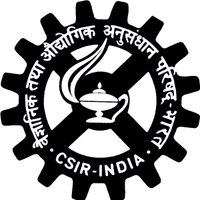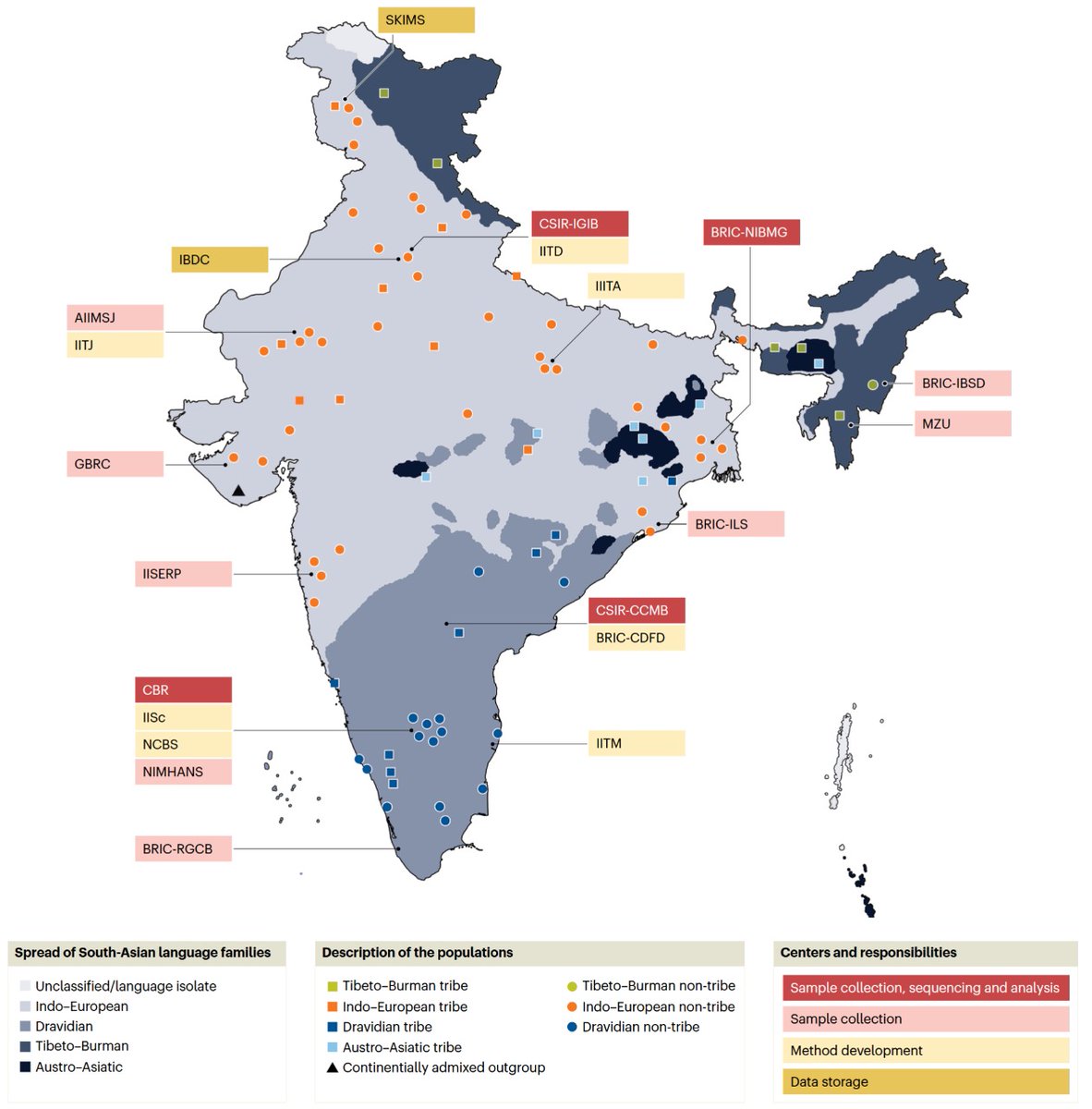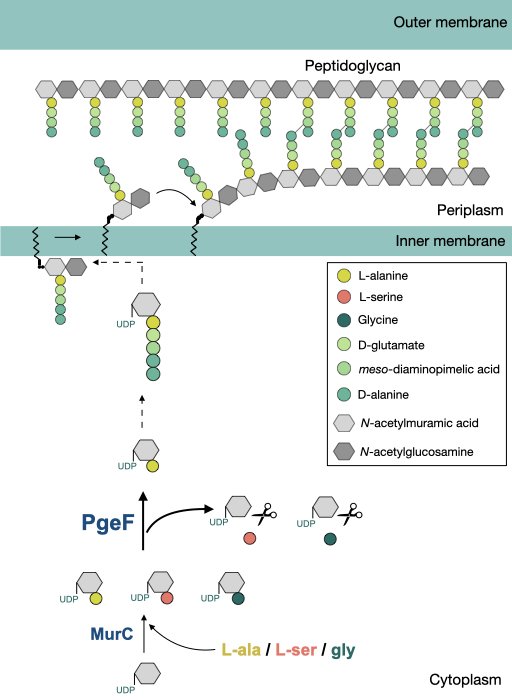
Suraj Kumar Meher
@surajjzzz
PhD scholar at Manjula Reddy's lab @ccmb_csir studying mechanism of Peptidoglycan layer expansion.
M. Sc Biotechnology @jnu_official_50
Navodayan @jnvbelpada
ID: 792558756479561728
30-10-2016 02:48:27
34 Tweet
65 Followers
115 Following

JNU India's highest ranked University in the QS World Rankings. JNU VC Prof Santishree D Pandit congratulates & extends her gratitude to the Administration, Faculty, Staff and Students for their contribution. President of India Narendra Modi Ministry of Education indianexpress.com/article/educat…


Combining eight #omics technologies, KI researchers have developed a web-based platform for researchers worldwide that provides a whole new insight into the human body at the cellular level. Published in Genome Biology. #multiomics #SingleCell Atlas news.ki.se/advanced-cell-…


Our review on cross-link cleaving peotidoglycan hydrolases made the cover! This beautiful art was drawn by Harsh Kapoor Give it a read to know more about the dynamic armour of bacteria :)








Vertical transmission of plague bacteria in their flea vector Could that contribute to persistence of the pathogen in the environment without #plague activity in mammals? Dr. Dawn (Cassandra) Pauling @labplague #microbiology #bacteria nature.com/articles/s4146…






The preliminary findings of the GenomeIndia project, in which CCMB played a key role, is now out Nature Genetics: nature.com/articles/s4158…. This massive, multi-institute effort generated whole genome seq data of 10K healthy Indians & will pave way to new genomics research in India.


Excited to share that our study on SanA (a previously uncharacterized protein) is now published! Through comprehensive genetic analyses, we reveal that SanA acts as a negative regulator of peptidoglycan synthesis in the periplasmic space. #peptidoglycan journals.plos.org/plosgenetics/a…

#Newpaper Bacterial cell walls are polymers made of sugar backbones cross-linked with amino acid peptides. Recent work from Manjula Reddy's lab led by Shambhavi Garde highlights how the identity of the amino acid most proximal to the sugar backbone is crucial for bacteria. 1/2




